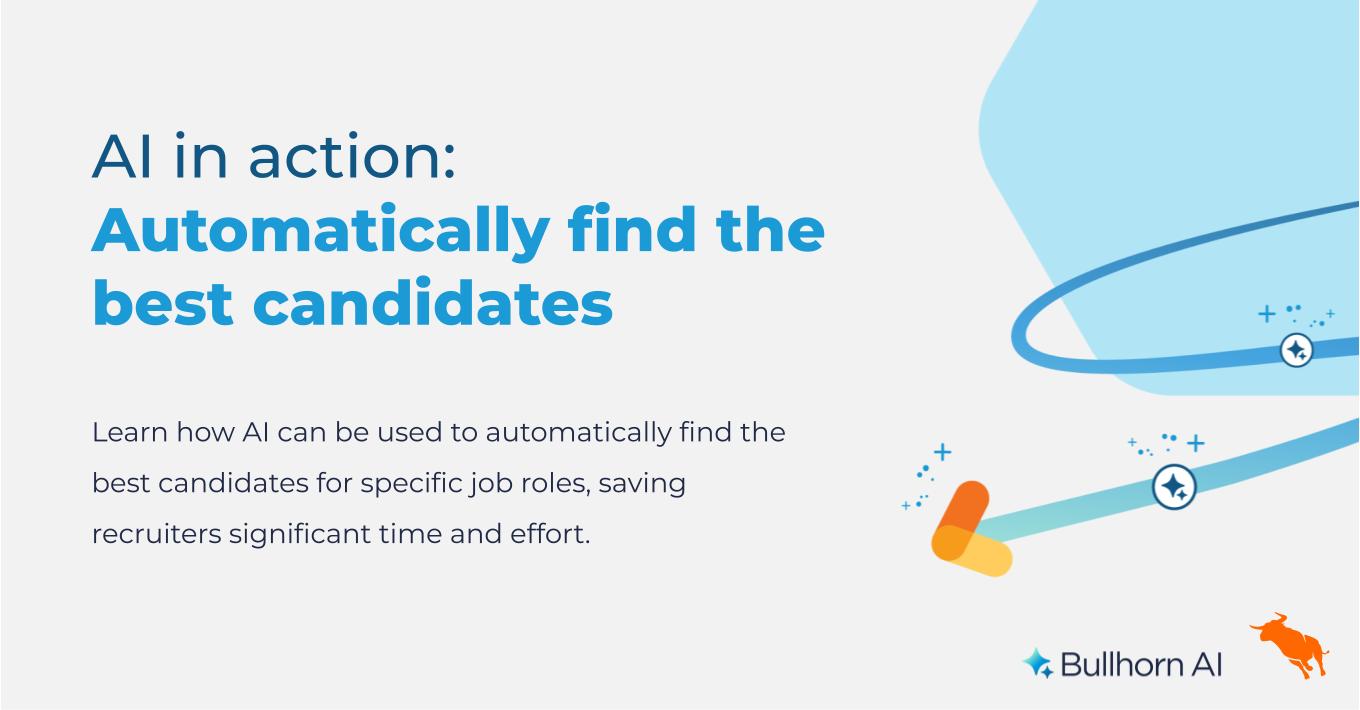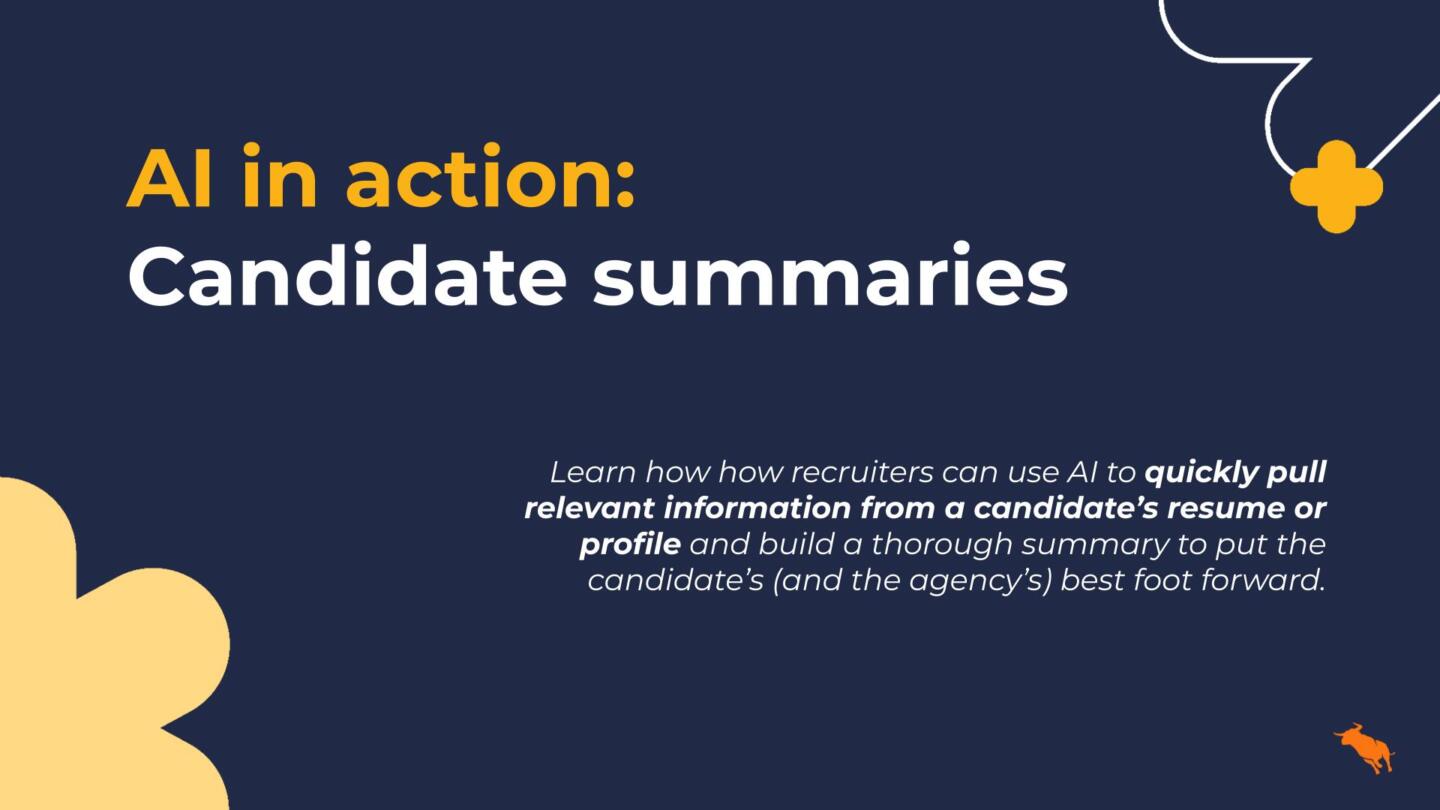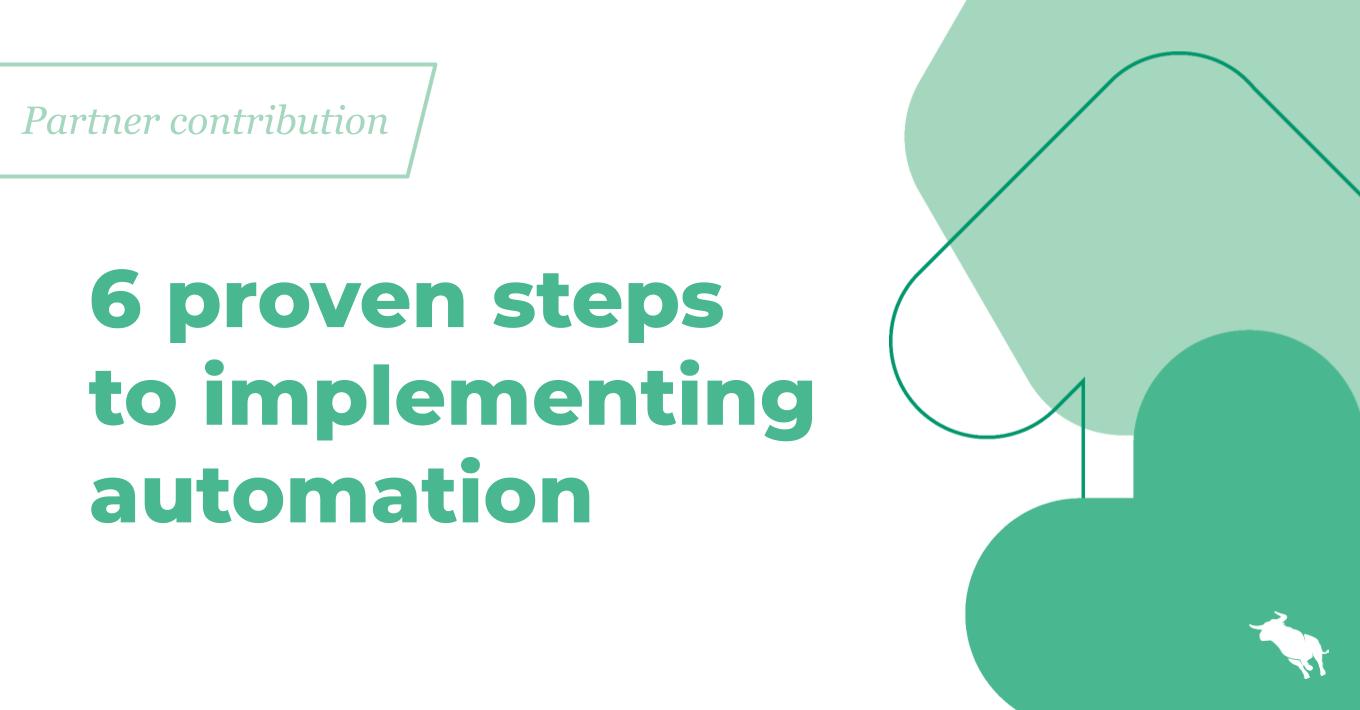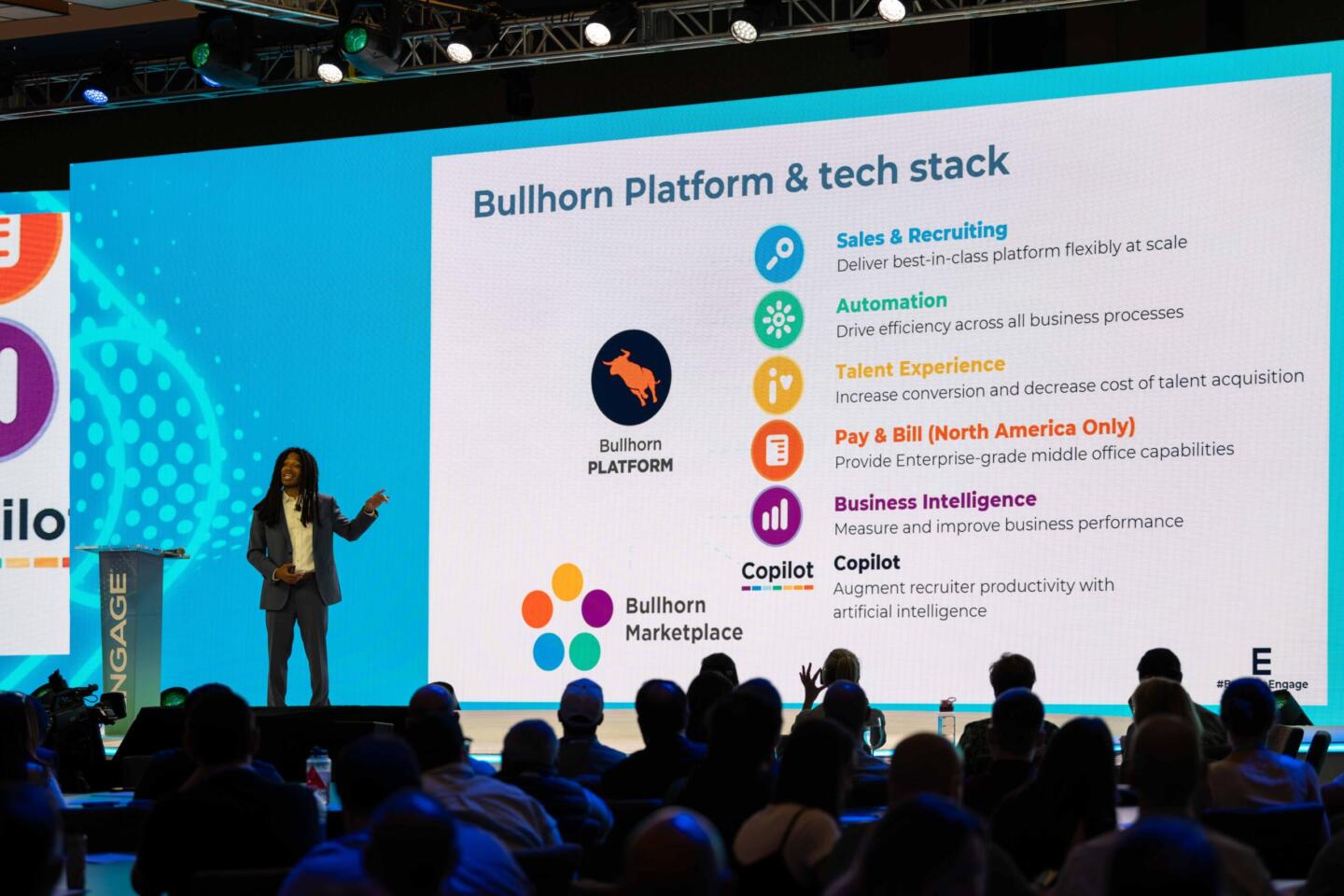Switching your Recruitment CRM? – How to Prevent a Data Migration Nightmare

Is it time to make the switch to a new recruitment CRM? – Let’s talk Data.
Client and candidate data is one of the most important assets for the success of any established recruitment agency. If populated and managed correctly, a recruitment CRM can be an invaluable competitive differentiator, allowing an agency access to unique information that their competitors simply don’t have. A well maintained recruitment database also adds value to the recruitment agency as a business, potentially making it an attractive target for acquisition. By the same token, should the data within the system be outdated or poorly maintained, a recruitment CRM could become a costly and time-consuming liability.
Agencies that suffer from a poorly adopted or managed database do, however, have the option of exchanging their current recruitment CRM provider for another and the opportunity to start anew. The decision to make this transition is often a last resort and although a new software provider may promise increased functionality, a migration can only be deemed successful if the data within the new system is usable and accurate. Inevitably, recruitment businesses have three key options when looking to orchestrate this transition:
 1. Migrate all data across to the new system and attempt a clean-up.
1. Migrate all data across to the new system and attempt a clean-up.
2. Take only recent data but risk losing long-standing records.
.
3. Migrate nothing and start with a clean slate.
As you might imagine, all three of these options have possible benefits and shortcomings. On the one hand, data is accumulated over years of hard work, and parting ways with old data could feel like selling your first car. Conversely, migrating out-of-date data into a new recruitment CRM could be likened to moving broken furniture into a brand-new mansion. As the core architecture of every recruitment database is different, nonoptimal data could clog down the new system, reducing its functionality and ultimately leaving the agency’s problems unresolved.
So what is the best option?
Well, the answer isn’t always a simple one, and multiple factors will play a part in the decision-making process. Agencies recruiting for executives may choose to retain long-term data, while those with short placement cycles may choose to keep only recent data or, perhaps, none at all. There is, however, a simple way to ensure that you’re following best practice: by making sure that your new software provider has a dedicated internal team of migration professionals who are willing to work alongside your agency during the entire transition.
 While many providers offer discounted data migration as part of their implementation packages, it pays to beware of those that cut corners. A typical shortcut that some providers take is outsourcing of the migration burden, handing over access to your valuable data to external parties who have no real understanding of your unique needs. Another common pitfall occurs when software providers claim they conduct comprehensive data migration yet only carry through with the most basic service. From a recruitment agency’s perspective, cutting costs during the migration period could open the door to an array of even more costly and time-consuming problems after the project. As every software platform is different, and every recruitment agency has different needs, the migration service needs to be tailored, systematic and comprehensive.
While many providers offer discounted data migration as part of their implementation packages, it pays to beware of those that cut corners. A typical shortcut that some providers take is outsourcing of the migration burden, handing over access to your valuable data to external parties who have no real understanding of your unique needs. Another common pitfall occurs when software providers claim they conduct comprehensive data migration yet only carry through with the most basic service. From a recruitment agency’s perspective, cutting costs during the migration period could open the door to an array of even more costly and time-consuming problems after the project. As every software platform is different, and every recruitment agency has different needs, the migration service needs to be tailored, systematic and comprehensive.
After all, the last thing you want after switching to a new software provider is to be confronted with a system that isn’t as functional as the one you had before!
Bullhorn understands the importance of comprehensive migrations and employs internal project managers who live and breath data integrity to oversee these mission critical tasks. Working alongside your team from day one, our project managers have migrated data from a wide array of platforms into Bullhorn and are able to provide expert guidance to produce the best results. The migration process itself is multi-staged and involves a consultation, data training and a test migration. If all avenues are covered, a final migration is conducted and scheduled to go live at a date and time that will cause the least impact to your operations.
This start-to-finish process ensures that the transition to Bullhorn’s market-leading recruitment CRM is seamless and nightmare-free.




